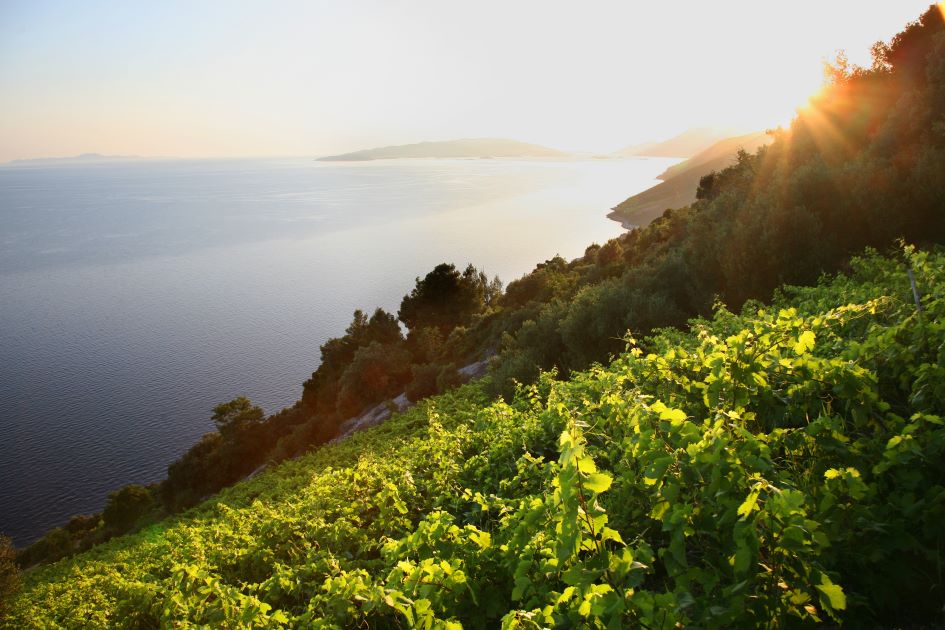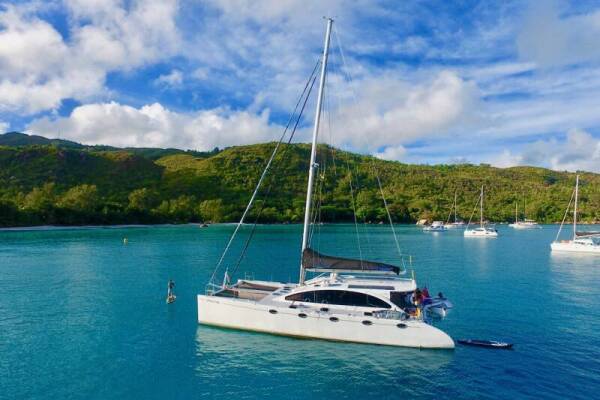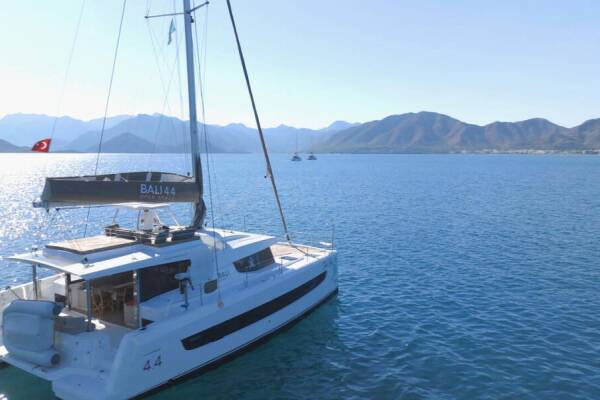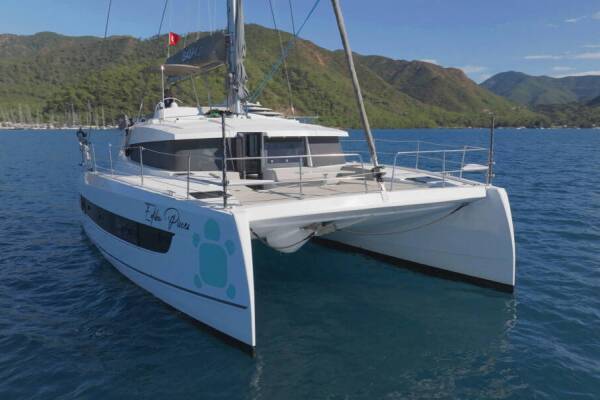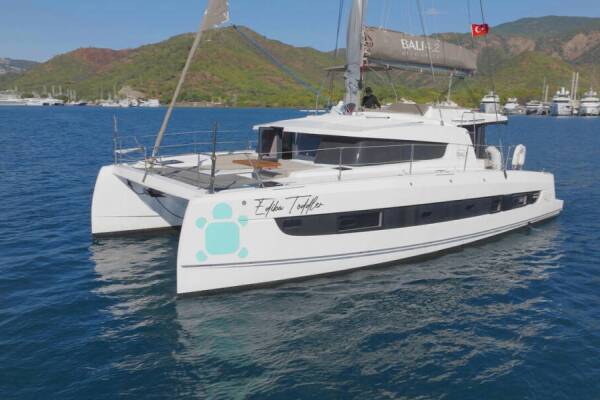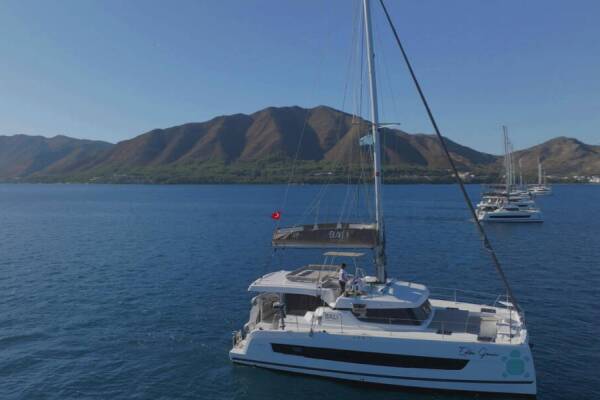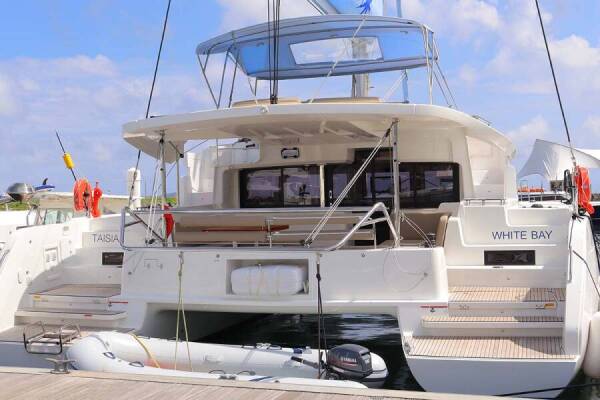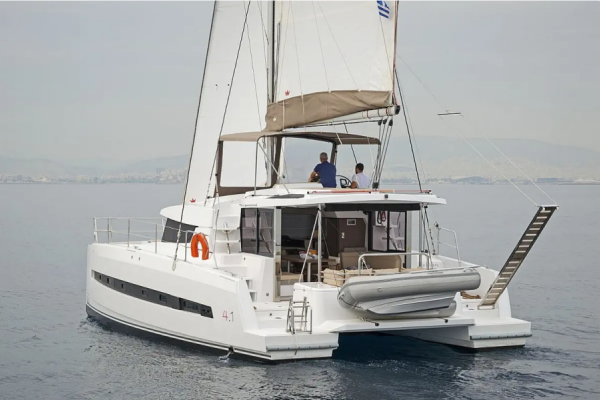Pelješac is the second largest Croatian peninsula, right after Istria, covering 348 km2, on the south of the Croatian coast.
Pelješac is famous for oyster growing, top quality wines, and of course the saltworks. The pleasant Mediterranean climate provides ideal conditions for growing vines that produce top-quality wines, and Dingač stands out as the most famous. Peljesac is also famous for its saltworks, which fed many, including the famous Republic of Dubrovnik, for centuries. The ancient defensive rampart is the third symbol most often used to describe the glorious Peljesac peninsula.
Ston
The most famous place on Peljesac is Ston. In Ston, there are the oldest European saltworks and medieval stone walls. The Ston wall is just behind the Great Wall of China, the longest in the world (5.5 km). Among the city's castles, particularly notable are Veliki Kaštilo (Grand Castle) and Podzvizd, which offer a view of the town and the salt pans.
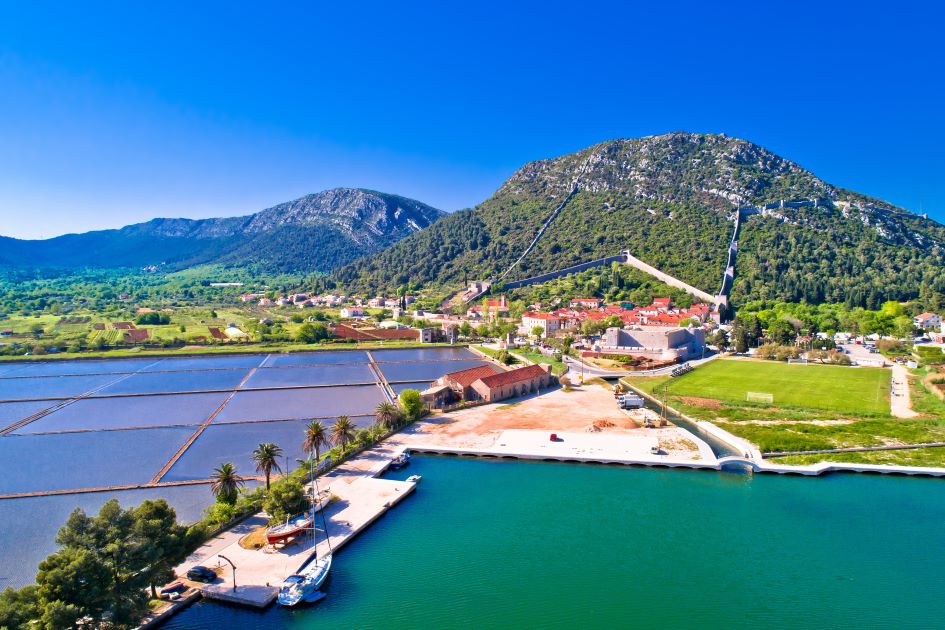
Mali Ston
At the beginning of the peninsula is a small fairytale place, Mali Ston. The Ston walls connect Mali Ston with Ston. Mali Ston Bay, famous for its shellfish farming, especially oysters and mussels, is an unavoidable destination for true seafood delicacies lovers. A boat ride to the oyster farm and a tasting of this natural aphrodisiac straight from the sea, with a glass of top-quality Pelješac wine, make this place a real gourmet pearl.
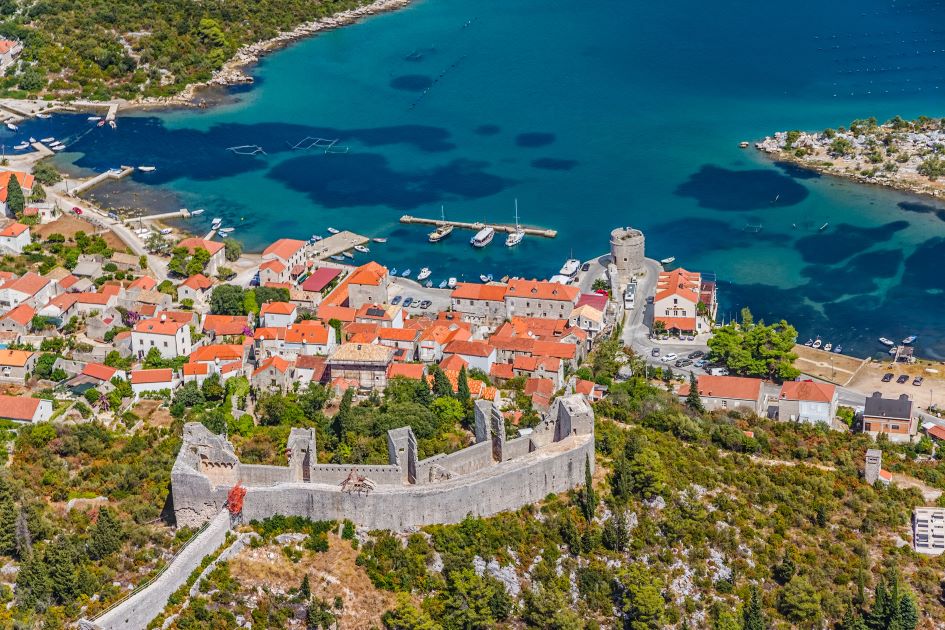
Just two kilometers from Ston, surrounded by dense pine forest and accessible shore for yachts and boats, is the small place Broce.
Driving along a winding road, just a few kilometers with a beautiful view of the open sea, there is one of the most beautiful bays in the southern Adriatic, the idyllic town of Kobaš. Kobaš is a paradise for yachtsmen and sailors, and you can taste the gastronomic offer of this place in one of three restaurants by the sea.
Not far from Kobaš is a hidden oasis of peace, Pržina Bay. The long sandy beach provides an unforgettable pleasure without crowds and noise. You can swim in the crystal clear sea and cool off in the shade of the pine forest surrounding this hidden cove.
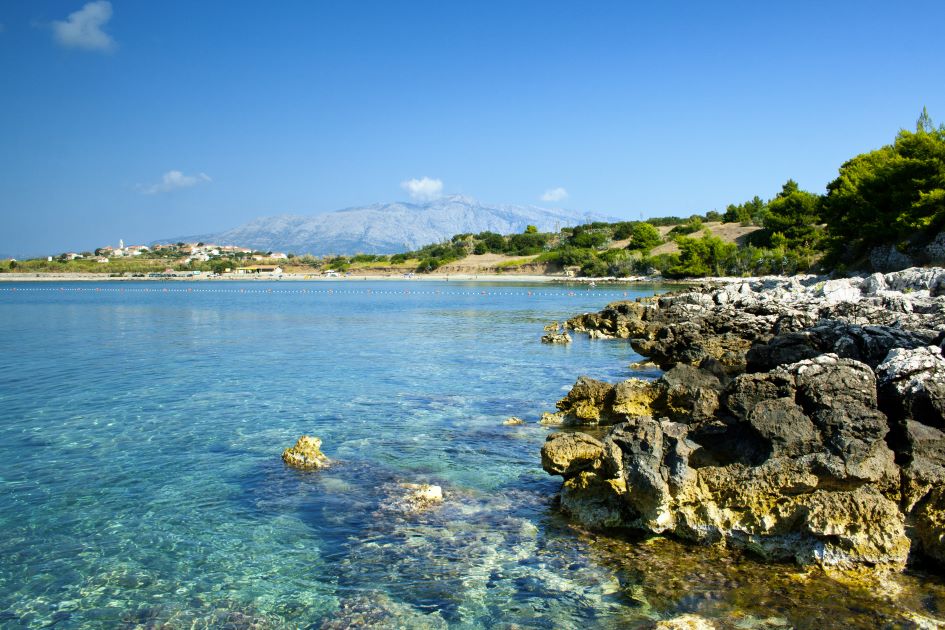
Orebić
Orebić lies on the southwest of the Pelješac Peninsula, below St. Ilija hill, and faces the green island of Korčula, just a 15-minute boat ride away. Founded at the turn of the 16th century within the Republic of Dubrovnik, Orebić has always been a seafaring town.
The town was made famous by captains and sailors, whose heritage speaks from the captains' houses' and their luxurious and exotic gardens.
A Maritime Museum keeps the secrets of these old sailors, it's located in the center of Orebić. Franciscan monastery from the 15th century., Maritime Museum and the old captain's cemetery are the monastery complex located 152 meters above the crystal-clear sea surface.
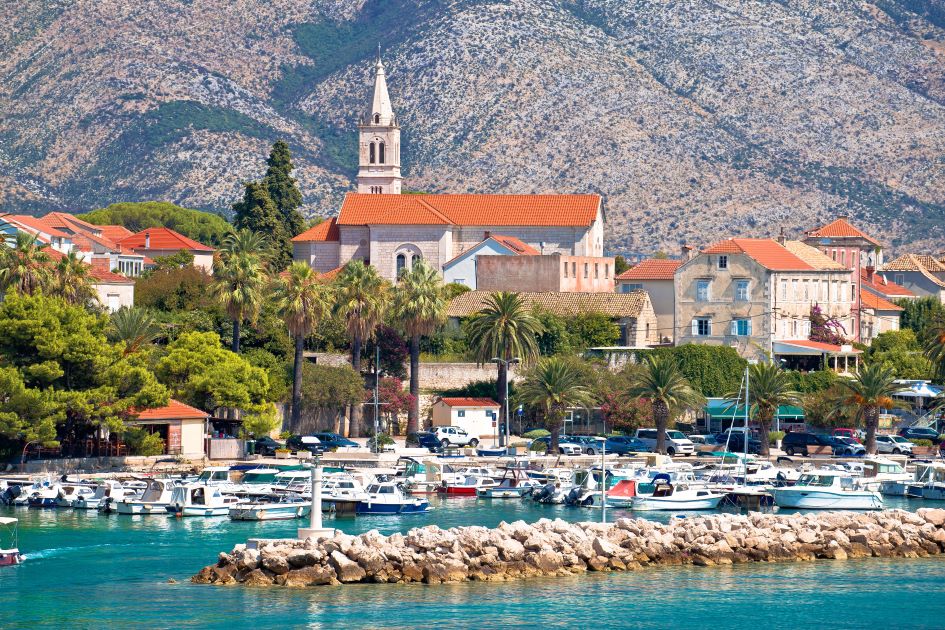
Lovište
Lovište is a small place located in the western part of the peninsula in a natural bay, completely protected from the wind, and is known as an oasis for boaters. There are several other bays near Lovište where you can look for your oasis of peace: Pržna, Česminova, Križica, Rasoha, Bezdija. Lovište is a favorite destination for all those who want a peaceful vacation away from civilization.
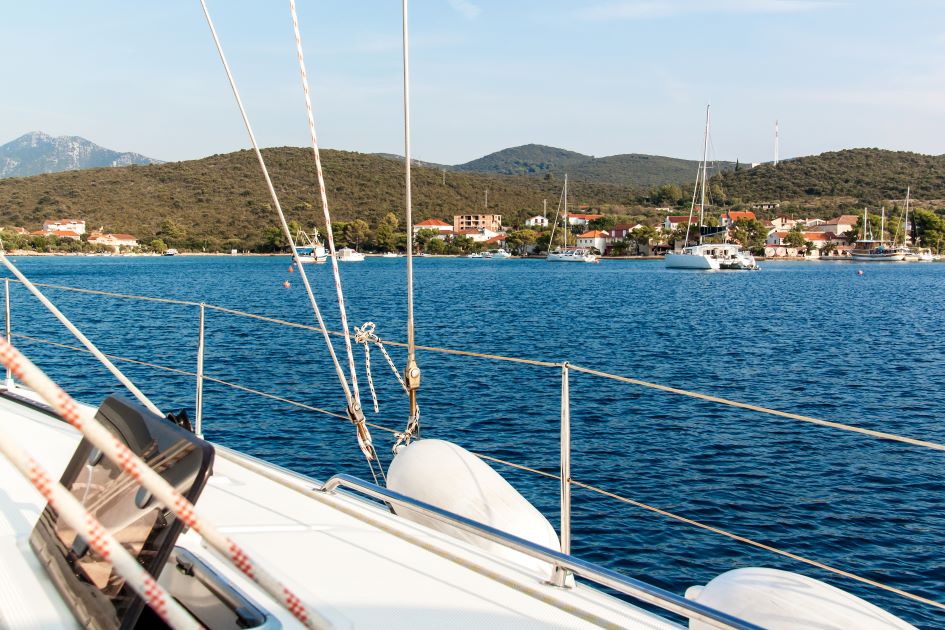
Sailing 5 NM southeast from Lovište bay, you will discover a beautiful cove Duba, overlooking the island of Korčula. The bay is surrounded by green pine woods, at the apex, there is a slightly crescent pebble beach. There is a well-known among the sailors, fish restaurant Estravaganza. They offer a few mooring buoys in front of the restaurant.
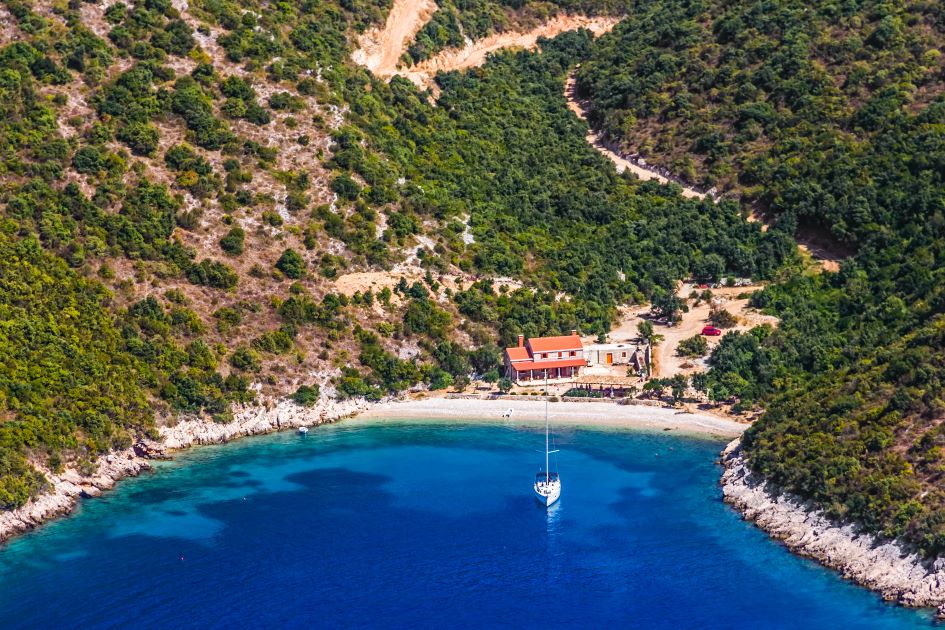
Viganj is a place known throughout the Adriatic as a paradise for surfers. Viganj is the place to come if you are looking for an active holiday.
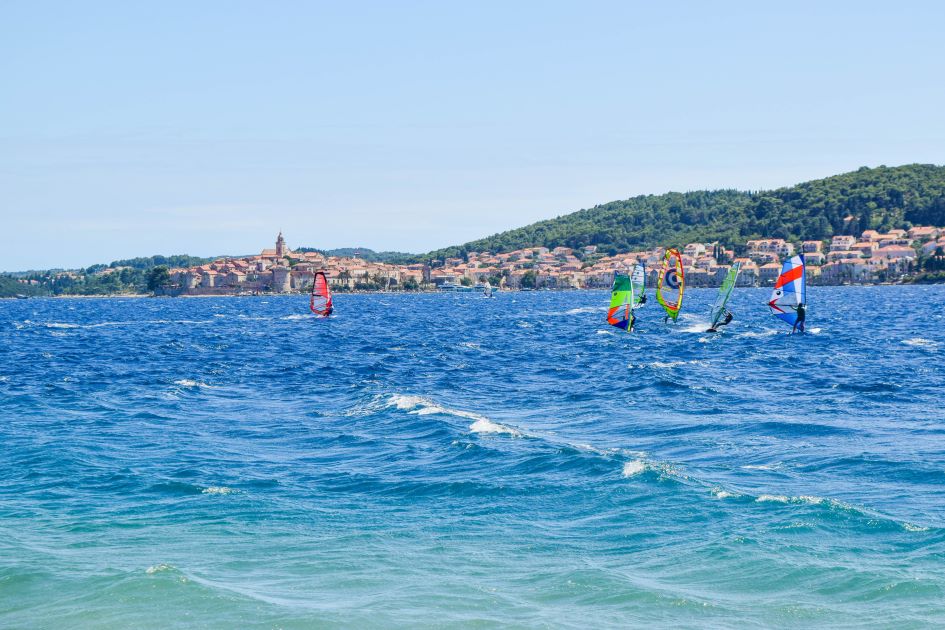
Žuljana
Žuljana is located in the southern part of the Peljesac peninsula in a beautiful sandy bay facing west. This oasis of silence and beauty is located approximately in the middle of the peninsula. Žuljana is famous for its beautiful and numerous sandy and pebble beaches that are especially suitable if you are sailing with children because they are shallow and clean. All this makes Žuljana an excellent anchorage. From Žuljana you can take a walk and bike ride along the many forest trails, diving in attractive locations organized by local diving centers.
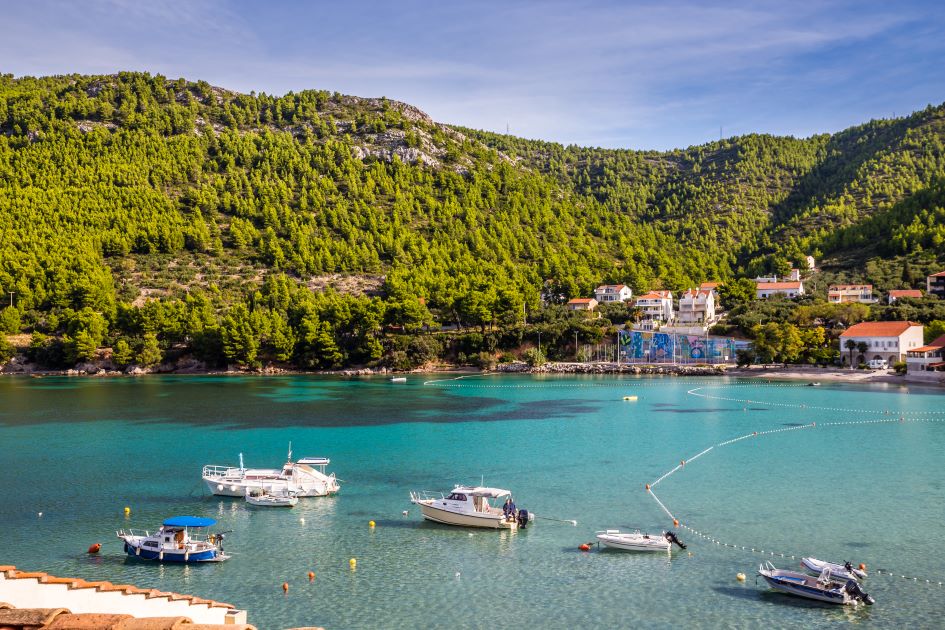
Trstenik
The beautiful village of Trstenik is located in the bay of Žuljana. Initially located a little further from the sea inland, it was getting closer to the sea with time. Thus, it became a port for boarding the famous Pelješac wines Dingač and Postup, whose production is in the immediate vicinity. In the Trstenik area, you can visit many wine cellars and family farms. You can taste these unique wines and many other gastronomic specialties of this unique region.
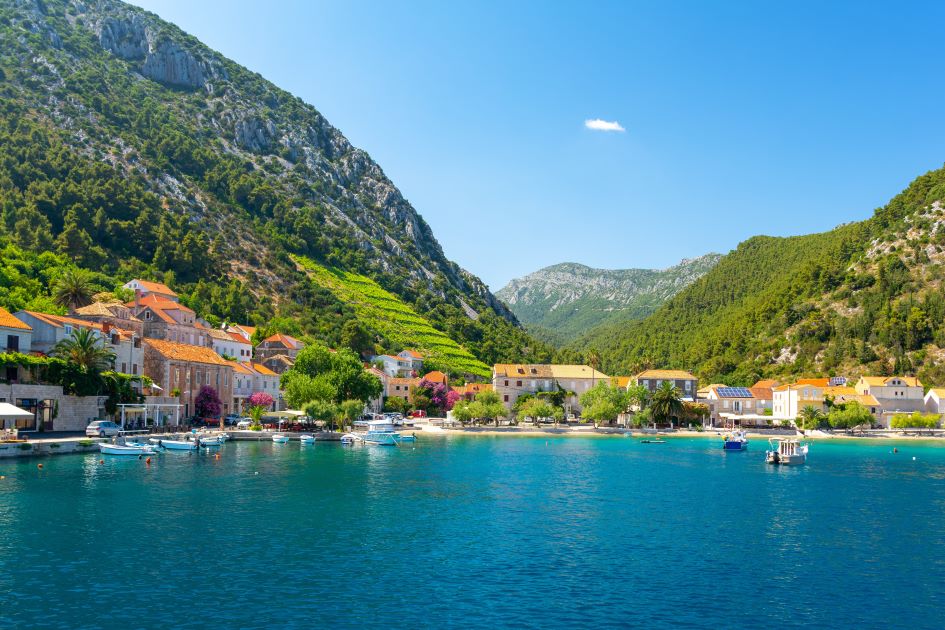
The Peljesac peninsula's inland is equally attractive and breathtaking as its coast. The best way to explore it is by car (rent-a-car) or motorbike. Along the way, you will come across many small family wineries where you can taste excellent wines. The old settlement of Potomje is the center of production of the best red wines in Croatia.
The pleasant Mediterranean climate provides ideal conditions for growing vines that produce top-quality wines, and Dingač stands out as the most famous.
